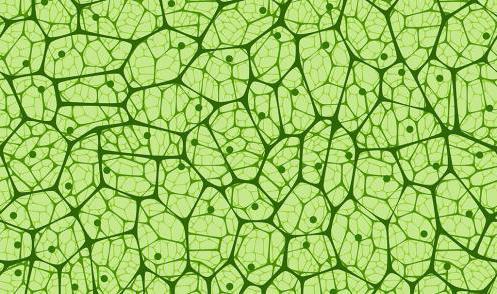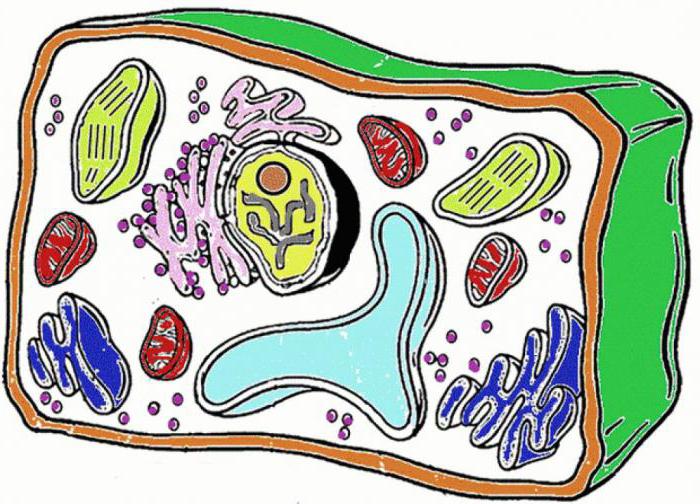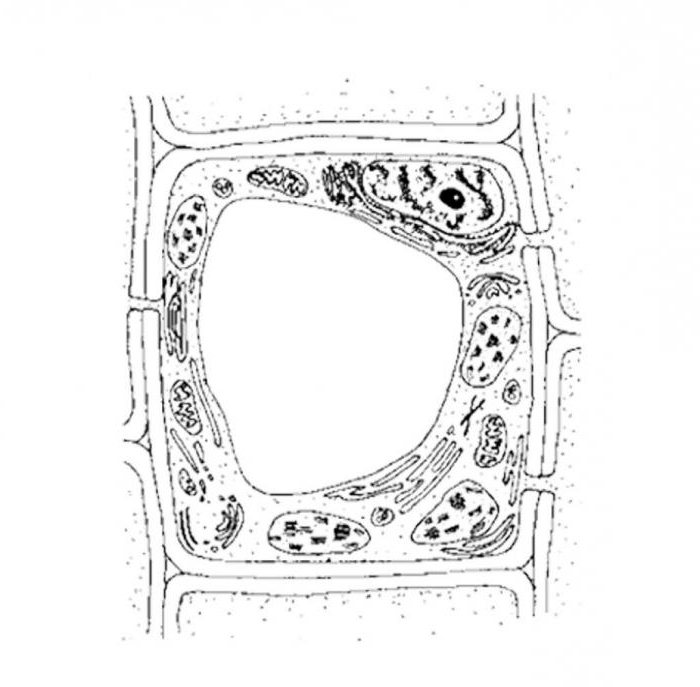Structure and basic functions of cells
Cells, like the bricks at home, arethe building material of practically all living organisms. What parts do they consist of? What function does the cell perform various specialized structures? These and many other questions you will find answers in our article.
What is a cell
The cell is called the smallest structural andfunctional unit of living organisms. Despite its relatively small size, it forms its level of development. Examples of unicellular organisms are the green algae of chlamydomonas and chlorella, the simplest animals of euglena, amoeba and infusoria. Their dimensions are really microscopic. However, the function of the body cell of a given systematic unit is quite complicated. This food, breathing, metabolism, movement in space and reproduction.

General plan of cell structure
Cellular structure is not all living organisms. For example, viruses are formed by nucleic acids and a protein coat. The cells consist of plants, animals, fungi and bacteria. All of them differ in the features of the structure. However, their overall structure is the same. It is represented by a surface apparatus, internal contents - cytoplasm, organelles and inclusions. Cell functions are determined by the structural features of these components. For example, in plants, photosynthesis occurs on the inner surface of special organelles, called chloroplasts. In animals, these structures are absent. The structure of the cell (the table "Structure and functions of organelles" details all the features) determines its role in nature. But for all multicellular organisms common is the provision of metabolism and interrelations between all organs.

Structure of the cell: table "Structure and function of organelles"
This table will help you learn more about the structure of cellular structures.
| Cell structure | Features of the structure | Functions |
| Core | Two-membrane organelle, in the matrix of which there are DNA molecules | Storage and transfer of hereditary information |
| Endoplasmic reticulum | System of cavities, cisterns and tubules | Synthesis of organic substances |
| Golgi Complex | Numerous cavities of pouches | Storage and transportation of organic substances |
| Mitochondria | Bicuspid organelles of rounded shape | Oxidation of organic substances |
| Plastids | Two-membrane organelles, the inner surface of which forms outgrowths inside the structure | Chloroplasts provide the process of photosynthesis, chromoplasts impart color to different parts of plants, leukoplasts store starch |
| Ribosomes | Nemembrannye organelles, consisting of a large and small subunits | Biosynthesis of protein |
| Vacuoles | In plant cells, these are cavities filled with cell sap, and in animals - contractile and digestive | Stock of water and mineral substances (plants). Reduction vacuoles provide the removal of excess water and salts, and digestive - metabolism |
| Lysosomes | Rounded vesicles containing hydrolytic enzymes | Cleavage of biopolymers |
| Cellular Center | A non-membrane structure consisting of two centrioles | Fission spindle formation during cell crushing |
As you can see, each cell organelle has its owncomplex structure. And the structure of each of them determines and the functions performed. Only the coordinated work of all organelles allows life to exist at the cellular, tissue and organism levels.

Basic Cell Functions
The cell is a unique structure. On the one hand, each of its components plays a role. On the other hand, cell functions are subject to a single coordinated mechanism of work. It is at this level of organization of life that the most important processes are carried out. One of them is reproduction. It is based on the process of cell division. There are two main ways. So, gametes are divided by meiosis, all the others (somatic) are mitosis.
Due to the fact that the membrane issemipermeable, it is possible to enter the cells and backwards of various substances. The basis for all metabolic processes is water. Entering the body, biopolymers split into simple compounds. But the mineral substances are in solutions in the form of ions.

Cell inclusions
Cell functions would not be performed in fullvolume without inclusions. These substances are a stock of organisms for an unfavorable period. This can be a drought, a drop in temperature, an insufficient amount of oxygen. Storing functions of substances in the plant cell performs starch. It is in the cytoplasm in the form of granules. In animal cells, a reserve carbohydrate is glycogen.

What are fabrics
In multicellular organisms, cells similar instructure and functions, are combined into tissues. This structure is specialized. For example, all cells of the epithelial tissue are small, fit tightly to each other. Their form is very diverse. There is practically no intercellular substance in this tissue. Such a structure resembles a shield. Due to this, epithelial tissue performs a protective function. But any organism needs not only a "shield", but also a relationship with the environment. To realize this function, in the epithelial tissue of animals there are special formations - pores. A plant with a similar structure is the stomata of the skin or the lenticular cork. These structures perform gas exchange, transpiration, photosynthesis, thermoregulation. And above all, these processes are carried out at the molecular and cellular level.

Interrelation of the structure and functions of cells
The functions of cells are determined by their structure. All fabrics are a vivid example of this. Thus, myofibrils are capable of contraction. These are cells of the muscle tissue that move the individual parts and the entire body in space. But the connecting one has another principle of structure. This type of tissue consists of large cells. They are the basis of the whole organism. The connective tissue also contains a large amount of intercellular substance. Such a structure ensures its sufficient volume. This kind of tissue is represented by such varieties as blood, cartilaginous, bone tissue.
It is said that the nerve cells are not restored ... There are many different views on this fact. However, no one doubts that neurons bind the entire organism into a single whole. This is achieved by another feature of the structure. Neurons consist of a body and processes - axons and dendrites. According to them, information flows consistently from the nerve endings to the brain, and from there - back to the working organs. As a result of the work of neurons, the whole organism is connected by a single network.
So, most living organisms havecellular structure. These structures are units of the structure of plants, animals, fungi and bacteria. Common functions of cells are the ability to divide, perception of environmental factors and metabolism.




